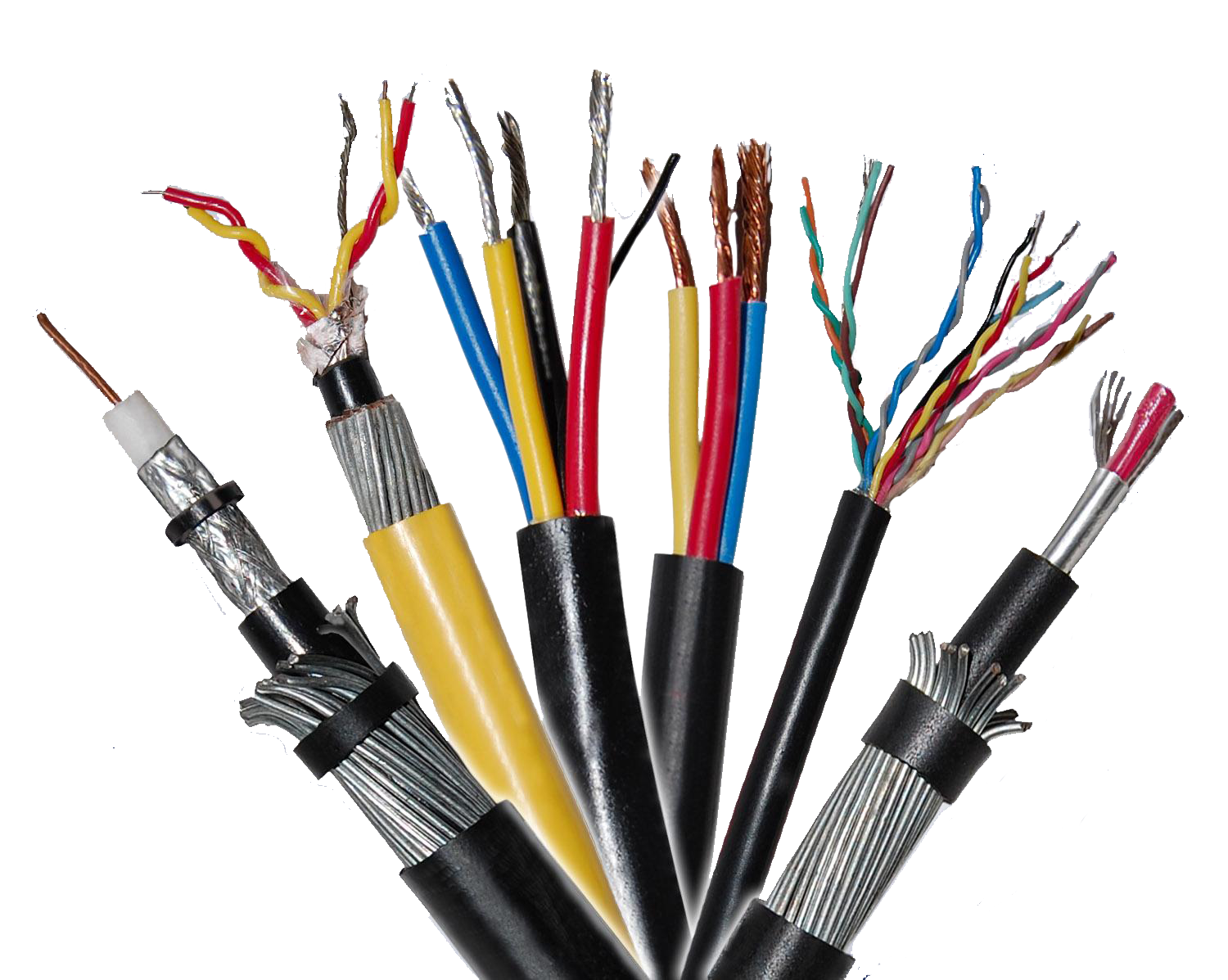
Electric Cable PNG Pic PNG, SVG Clip art for Web Download Clip Art
An electrical cable is classified by two numbers separated by a hyphen, such as 14-2. The first number denotes the conductor's gauge; the second denotes the number of conductors inside the cable. For instance, 14-2 has two 14-gauge conductors: a hot and a neutral. This cable also contains a bare copper wire as the ground.

WIRE AND CABLE TYPES! 'EXPRESS' YOURSELF THE ONLY CHOICE FOR YOUR
Electrical Electrical Wire & Cable Electrical Wire & Cable Non-Metallic Wire THHN Wire UF Wire Service Entrance Cable Armored Cable Data Cable Shop All Shop by Gauge 14-Gauge Wire 12-Gauge Wire 10-Gauge Wire 8-Gauge Wire 6-Gauge Wire 4-Gauge Wire Shop by Project Landscape Cable Security Cable Speaker Wire Thermostat Wire Doorbell Wire Coaxial Cable

Types and Sizes of Electrical Cables and Wiring
cable, in electrical and electronic systems, a conductor or group of conductors for transmitting electric power or telecommunication signals from one place to another.
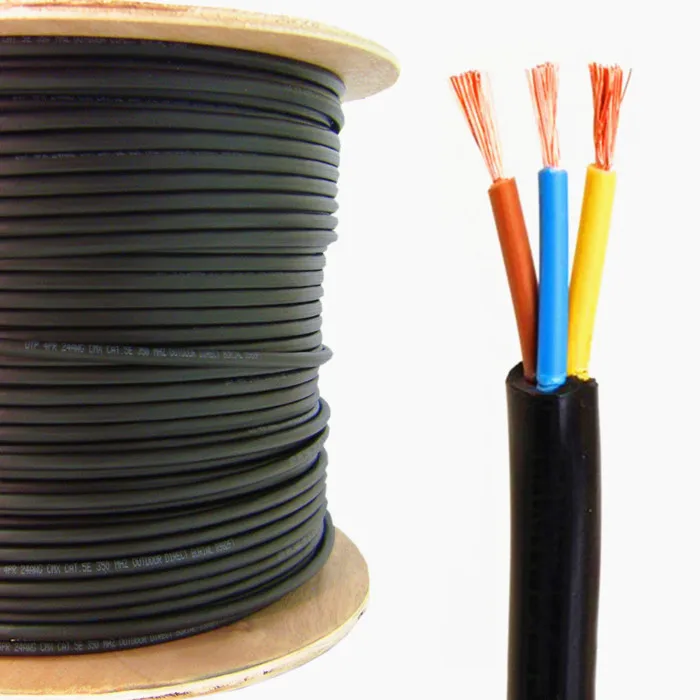
3 Core Electrical Cable/2.5mm Electrical Cable/copper Electrical Cable
Electrical cables are used to connect two or more devices, enabling the transfer of electrical signals or power from one device to the other. Long-distance communication takes place over undersea communication cables. Power cables are used for bulk transmission of alternating and direct current power, especially using high-voltage cable.
Better electrical cables can save energy EurekAlert!
Individual electrical wires are generally required to be installed in metal or plastic conduit. The combination of the wires and conduit results in a complete wiring system. On the other hand, a cable is a factory assembly of two or more bare, covered or insulated wires, enclosed in an overall nonmetallic or metallic sheath for physical protection.

Wire and cable sector opening up
INDEX Electrical cable Voltage An electric cable is measured in volts and, depending on these, they are categorized into one group or another: Low voltage cables (up to 750 V): in a variety of applications, and with thermoplastic and thermoset coatings. They are designed and built according to harmonized standards.
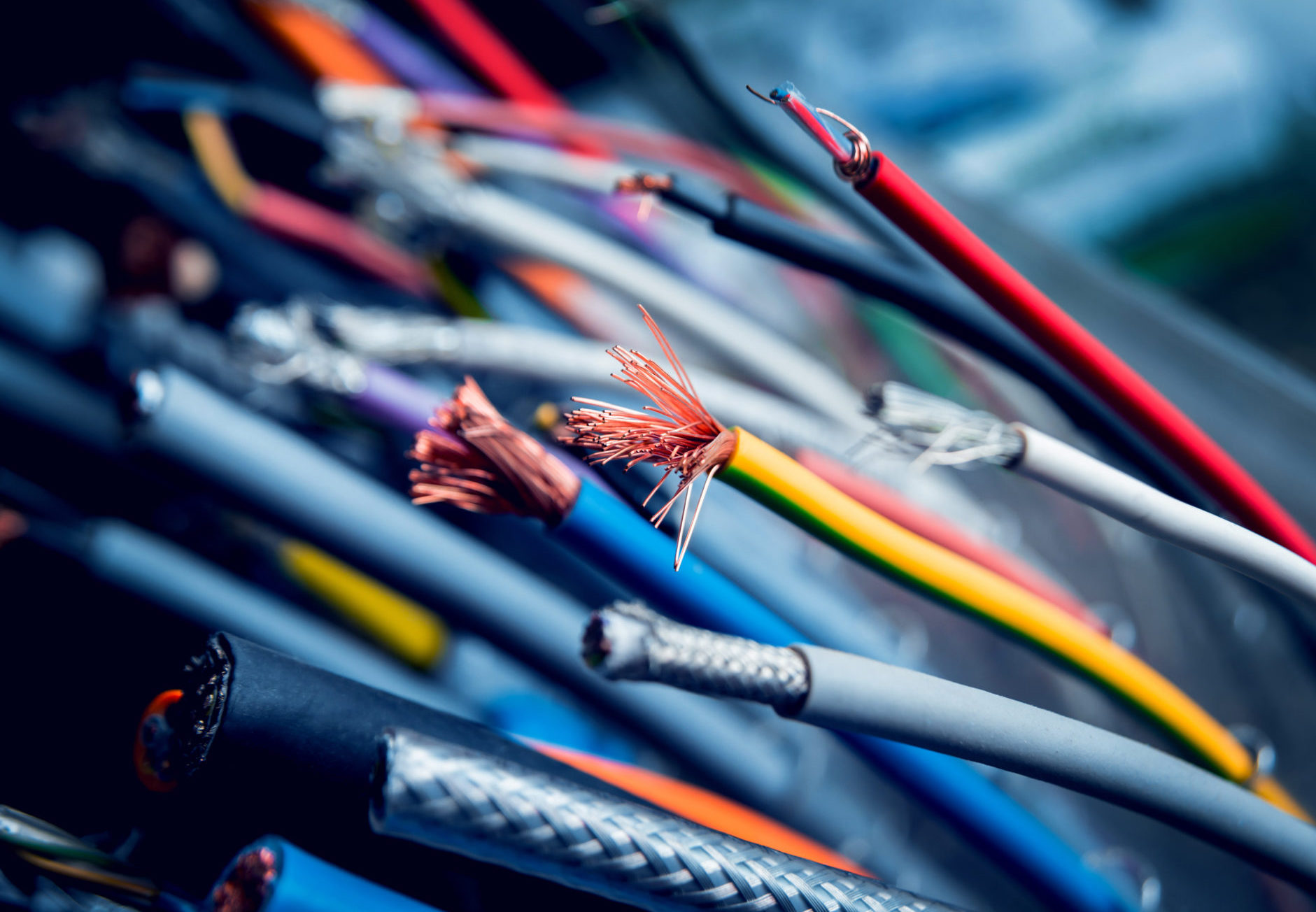
Our Helpful Guide To Understanding Electrical Cables And Wires Storables
More recently, carbon fiber reinforcement cables have been introduced; instead of steel, these electric cables have strands of carbon fiber composite material in the middle. Carbon fiber composite cable (CFCC) offers desired properties such as less weight and smaller thermal expansion compared with steel. It has 1/5 of the weight and 1/12 of.
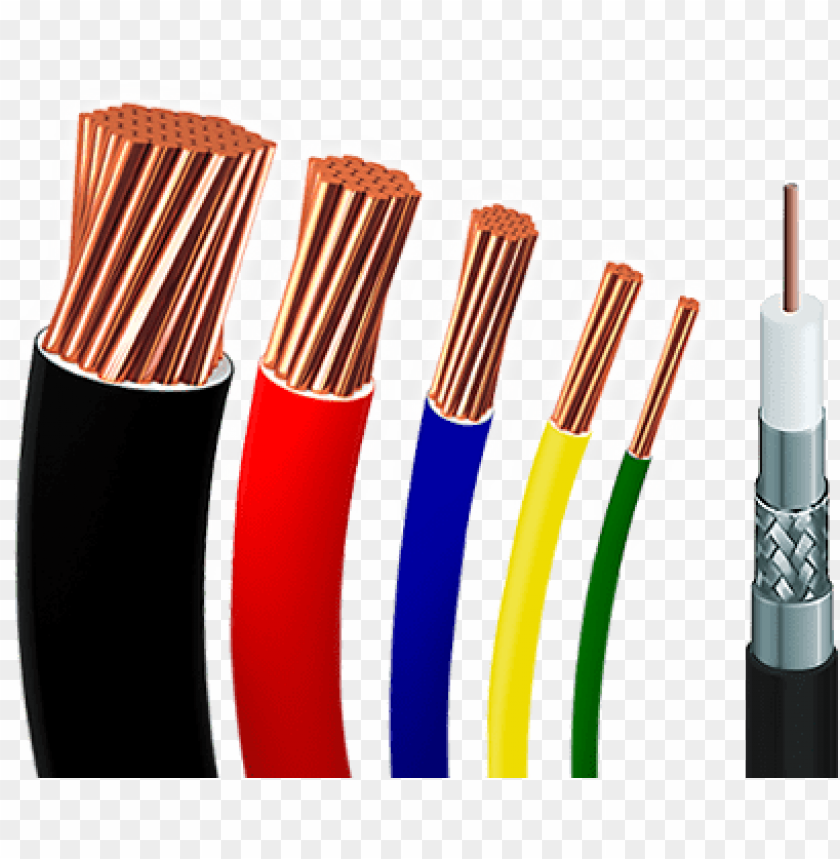
wires & cables electrical cable PNG image with transparent background
Electrical cable is a wire that helps to conduct the current in the circuit. It is also called a conductor. Cable is an important object in the electricity. Copper and Aluminium conductors are the two types of electrical cables used in the electrical wiring.
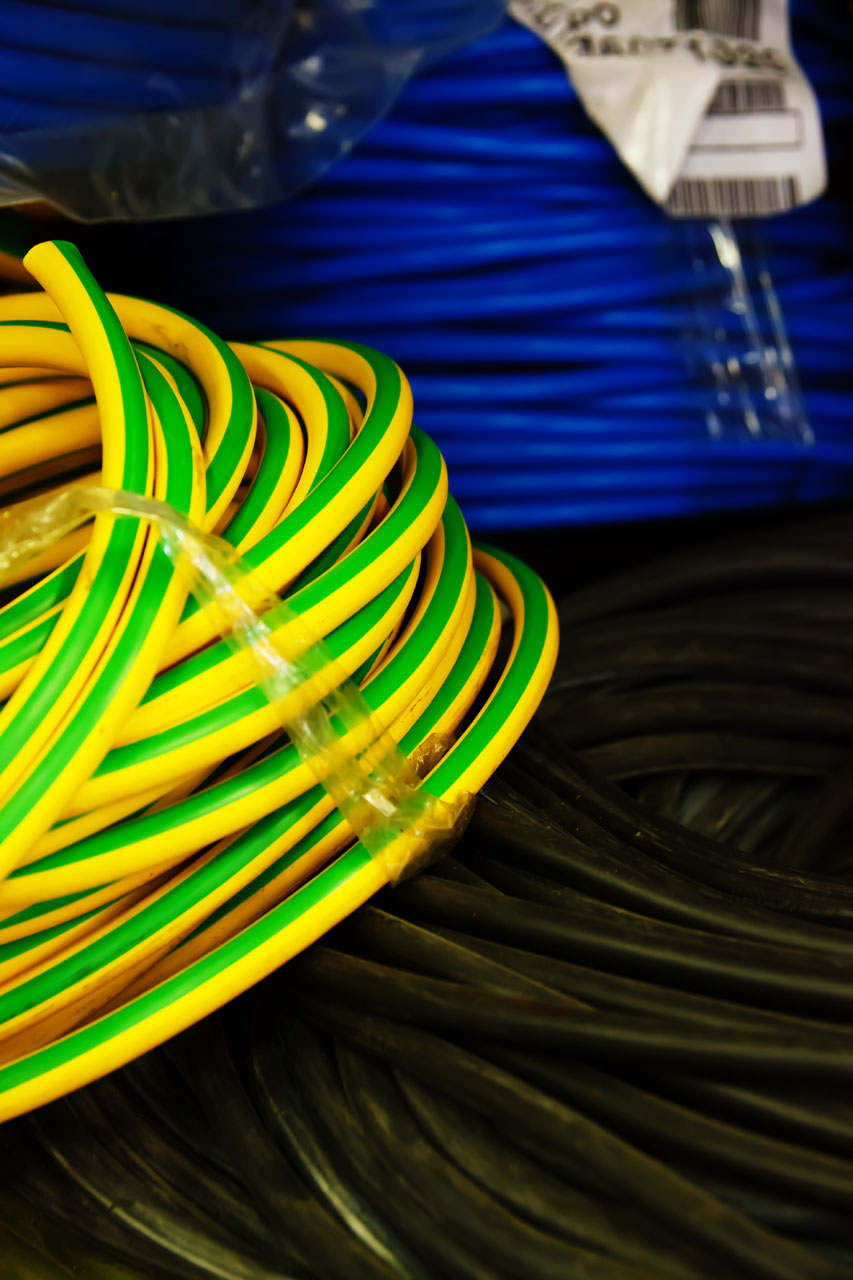
Electrical Cables Free Stock Photo Public Domain Pictures
Labels on electrical cables consist of letters and numbers that help you determine a cable's use at a glance. The information on your electrical wire markings includes the following: Numbers: One electrical cable classification is a combination of two numbers with a hyphen between, like 12-3. The first number in this sequence denotes the.
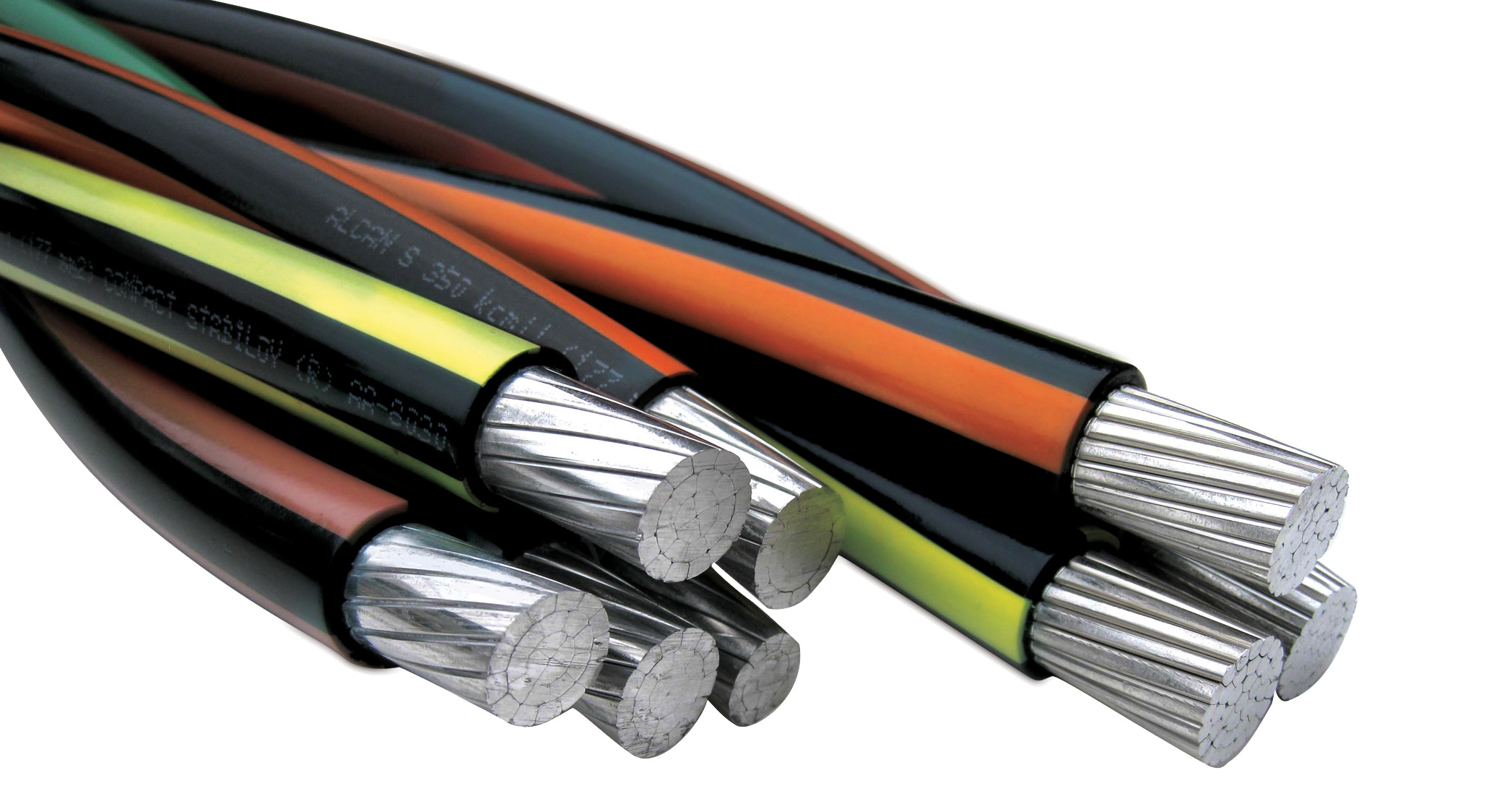
High Voltage Power Cable 26/45/52, 38/66/72.5 kV SAMDEX
Electrical cables and wires are used for a wide range of applications, including powering residential and commercial buildings, connecting electrical devices and appliances, and providing electricity to outdoor lighting and landscaping features. They are essential for the safe and efficient distribution of electricity.
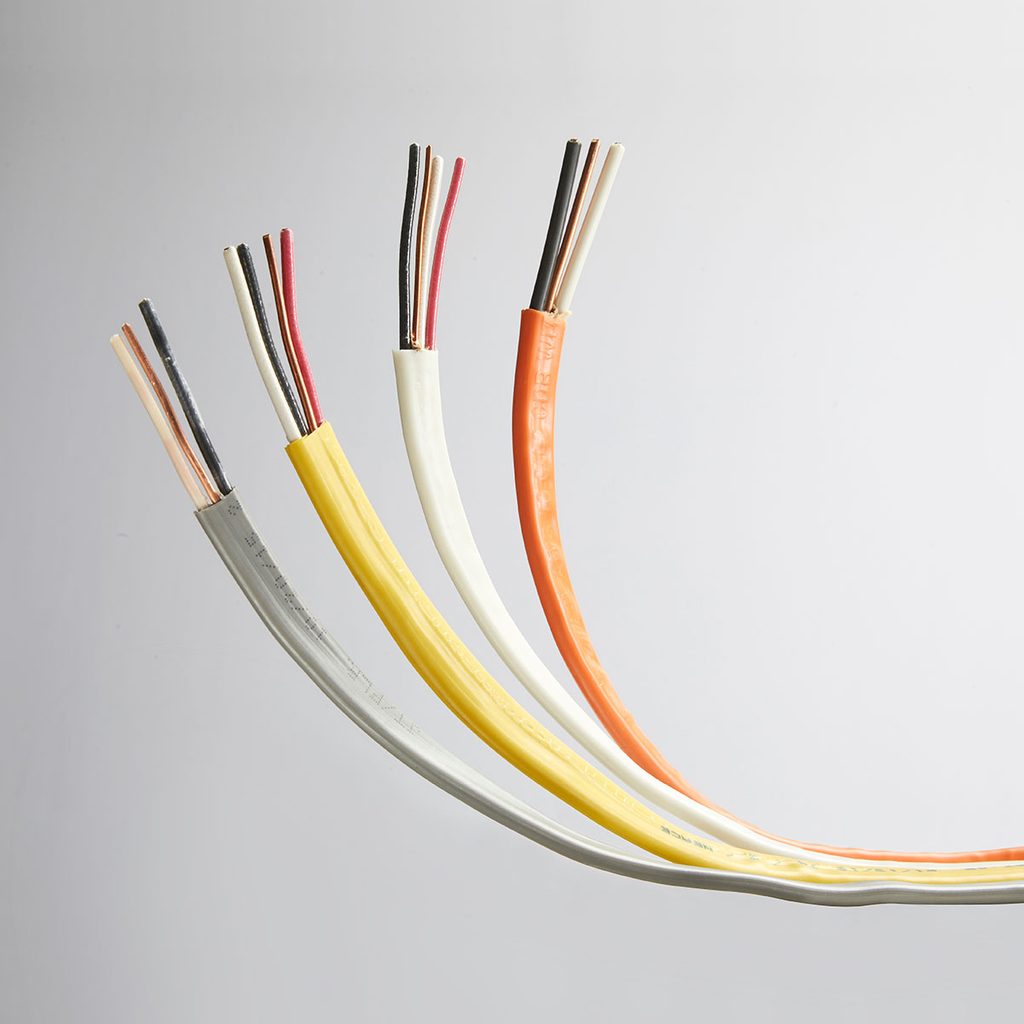
Electrical Wire and Cable Basics Family Handyman
Electrical Wires and Cables: The Complete Guide Electrical wiring is used in every circuit, from power transmission, to household electric service and electronics. At some point, every professional or hobbyist will need to select a wire or cable, or at least understand the basic requirements of wiring for a particular situation.

Single Core Stranded Electric Cable/Wires and Cables Eletric/Copper
The electrical cables can be used in low-voltage, medium-voltage, high-voltage, and extra-high-voltage applications. But in this blog post, we will consider low-voltage applications. The operating voltage in low-voltage cables can be (up to 1.8/3 KV), as the voltage of a cable will be written in the following formula U0/U (Um).

Types of Electrical Cable Sciencing
An electrical wire is a type of conductor, which is a material that conducts electricity. In the case of household wiring, the conductor itself is usually copper or aluminum (or copper-sheathed aluminum) and is either a solid metal conductor or stranded wire.
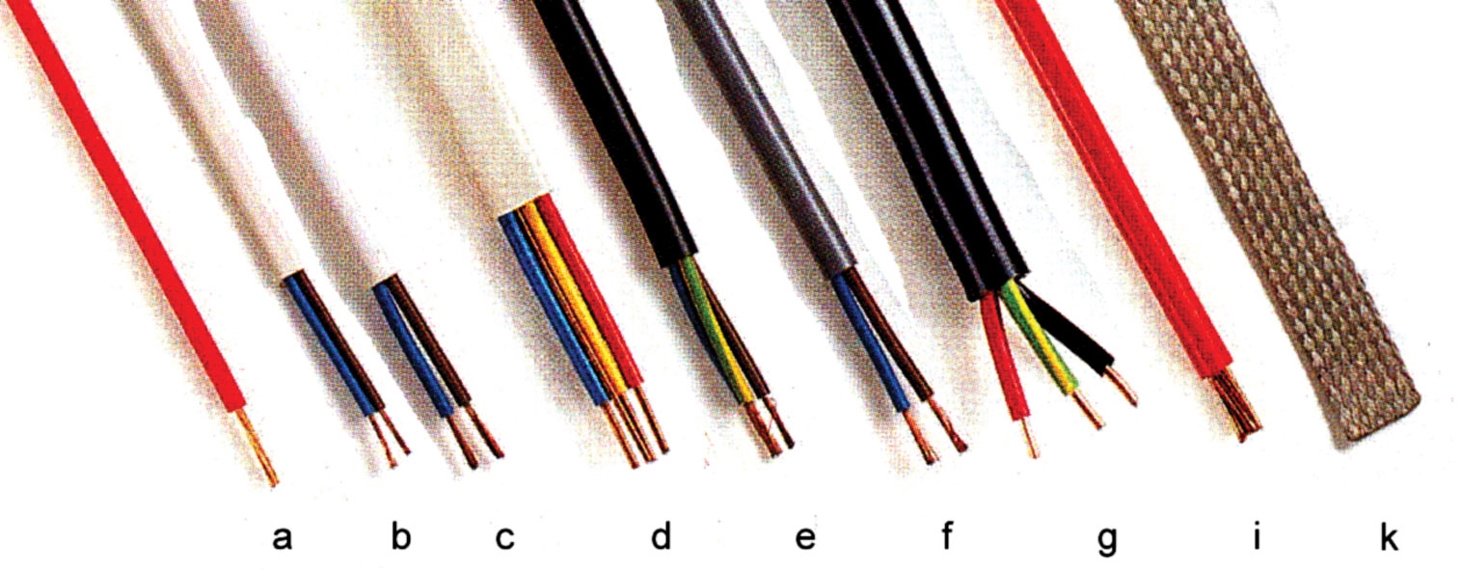
Cables, electrical Standard products catalogue IFRC ICRC
Cables contain at least a neutral wire, ground wire and hot wire that are twisted or bonded together. Depending on its purpose, the cable may contain more wires. The wires in a cable are insulated in their own color-coded layer of thermoplastic. The group of wires is then encased in an outer sheath to make up the single cable. Wire Labeling

Extra High Voltage Cables 66KV to 220KV at Rs 9500/meter Rajkot ID
Types of Electrical Power Cables (Sizes & Ratings) October 26, 2020 by Electrical4U Electric power can be transmitted or distributed either by overhead transmission systems or by underground cables. Cables are mainly designed for a specific requirement. Power cables are mainly used for power transmission and distribution purposes.

Electrical cable Steel wire armoured cable Electrical Wires & Cable
Electrical wire insulation prevents electrical contact with other conductors, protects people from contact with the electric current, and protects the conductor from environmental factors. Shop All Electric Wire. Electrical Cable. An electric cable is an assembly of multiple insulated conductors bundled together within a protective outer sheath.